
hotline:
17715390137
Tel/Wechat:
18101240246 (Technology)
0512-68565571
Email:mxenes@163.com (Sales Engineer)bkxc.bonnie@gmail.com
Scan the code to follow or search the official account on WeChat:
2D Materials Fronrier After paying attention,
click on the lower right corner to contact us,
Enter enterprise WeChat.
Professional Services Online

 Flexible capacitive pressure sensors have received extensive attention in the field of wearable electronics. Wearable electronic devices based on ionic liquids, ionic gels, hydrogels, and ionic salts (IS) have aroused great interest among researchers. IS capacitors are composed of a large number of movable anions and cations, which produce relatively high capacitance per unit area at the polymer electrolyte/electrode interface, called electric double layer (EDL) capacitance, EDL can be built into a supercapacitor pressure sensing structure . High sensitivity and long-term durability in a wide linear range are key requirements for manufacturing reliable pressure sensors suitable for various applications. This can be achieved by reducing the compressive modulus of the sensing material. Various nano materials have been used to produce flexible pressure sensors due to their excellent mechanical flexibility and conductivity, including 0D nanoparticles, 1D nanotubes and nanowires, and 2D nanosheets. Among them, 2D nanomaterials (especially MXene) have abundant active catalytic sites, large aspect ratio, good dispersion and high ion intercalation, which are ideal choices.
Flexible capacitive pressure sensors have received extensive attention in the field of wearable electronics. Wearable electronic devices based on ionic liquids, ionic gels, hydrogels, and ionic salts (IS) have aroused great interest among researchers. IS capacitors are composed of a large number of movable anions and cations, which produce relatively high capacitance per unit area at the polymer electrolyte/electrode interface, called electric double layer (EDL) capacitance, EDL can be built into a supercapacitor pressure sensing structure . High sensitivity and long-term durability in a wide linear range are key requirements for manufacturing reliable pressure sensors suitable for various applications. This can be achieved by reducing the compressive modulus of the sensing material. Various nano materials have been used to produce flexible pressure sensors due to their excellent mechanical flexibility and conductivity, including 0D nanoparticles, 1D nanotubes and nanowires, and 2D nanosheets. Among them, 2D nanomaterials (especially MXene) have abundant active catalytic sites, large aspect ratio, good dispersion and high ion intercalation, which are ideal choices.
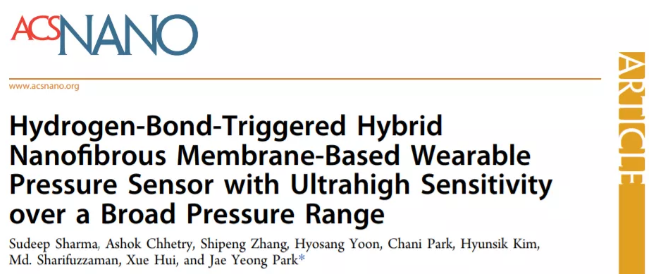
Recently, the Jae Yeong Park team of Cosmic University in South Korea constructed an ultra-sensitive capacitive pressure sensor based on a mixed ion nanofiber membrane (INM), which is sandwiched between Au/M-PDMS electrodes deposited by microstructures. Sensing materials between. The high capacitance sensing material includes INM polymer electrolyte composed of polyvinyl alcohol (PVA) and super-hydrophilic bis(trifluoromethane) sulfonimide lithium salt (LS). PVA is used to dissolve the LS substance and disperse its components uniformly in the entire polymer matrix, thereby enhancing the ion transport performance of the sensing material and promoting the formation of EDL. The introduction of 2D material MXene into INM produces ion confinement effect. This effect makes the cation-anion pair ([Li]+ [TFSI] -) attached to the functional groups of the MXene nanosheets through hydrogen bonds. MXene is conducive to dynamically restricting ions under external stimulation and affects EDL characteristics. The sensor has a high detection sensitivity (70.4 ms), an extremely wide working pressure range (0-30 kPa and 30-250 kPa), a minimum detection limit of 2 Pa and a high durability of more than 20,000 continuous cycles. The sensor can be used in mobile medical monitoring equipment and next-generation artificial skin. The article Hydrogen-Bond-Triggered Hybrid Nanofibrous Membrane-Based Wearable Pressure Sensor with Ultrahigh Sensitivity over a Broad Pressure Range was published on "ACS Nano".
Structure and manufacture of INM pressure sensor
First, the PVA solution of MXene and LS was mixed, and then highly porous INMS nanofibers were prepared by electrospinning (Figure 1a). The diameter of INM is about 120nm (Figure 1b), the size of the internal structure is 2-5nm, and the spacing between MXene in the PVA matrix is 0.93 nm. Then sandwich the INM between Au/M-PDMS electrodes (Figure 1d) to prepare a pressure sensor.
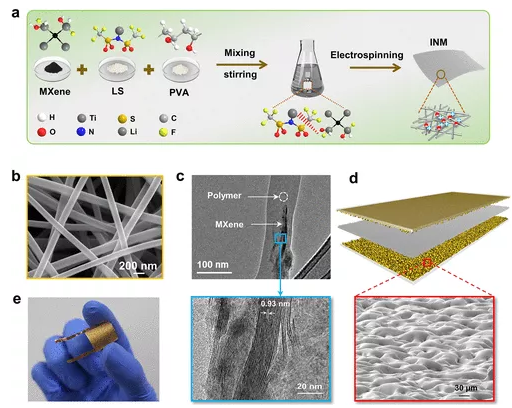
Figure 1. Manufacturing and structural characterization of an INM-based capacitive pressure sensor. The induction mechanism of INM pressure [Li] + is bonded to the negatively charged MXene surface through hydrogen bonding, which is rich in functional groups (-OH, -F and -O). [TFSI]-Anions bind to cations through Coulomb attraction (Figure 2a). Before the pressure is applied, most of the [Li] + and [TFSI]-ion pairs are confined on the MXene surface by hydrogen bonding and Coulomb attraction, and some ion pairs are scattered in the surrounding polymer matrix. Under external pressure, the distance between the two electrodes gradually decreases, which increases the strength of the electric field and the force applied to the particles affected by the electric field. This phenomenon initiates the ion pumping process, during which the ion pair detaches from the MXene surface, forming a thick EDL at the electrode/electrolyte interface (Figure 2b). The INM microstructure undergoes relatively high deformation even under low external pressure, thereby increasing the sensitivity of the device (Figure 2e). The generated stress is mainly concentrated in the sensing layer and bottom electrode (Figure 2c).
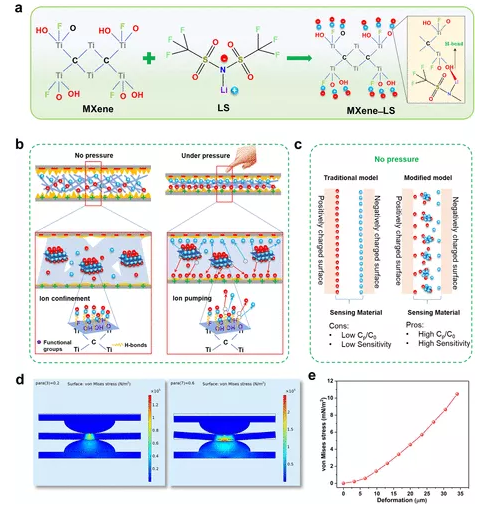
Figure 2. The molecular structure and working principle of an INM-based pressure sensor. Electrochemical characterization Due to the increase in ion conductivity, INM with high LS concentration has higher areal capacitance. However, a high LS content can cause a decrease in the elastic modulus and an uneven fiber diameter during electrospinning. 60% LS content is the best composition for sensing research. As the concentration of LS increases, the values of Rct and Rs decrease, and due to the increase in the ionic conductivity of the electrolyte, the Rct of LS(60)–MXene–PVA approaches 0, which confirms the dominant position of the capacitance effect in the electrolyte. (Figure 4b). After the pressure is removed, the ion mobility is completely restored, indicating the effectiveness of the reversible ion pump (Figure 4 c). The real part C (ω) of the composite capacitor gradually decreases as the frequency increases, and the device impedance begins to behave as a pure resistive circuit at high frequencies (Figure 4d).
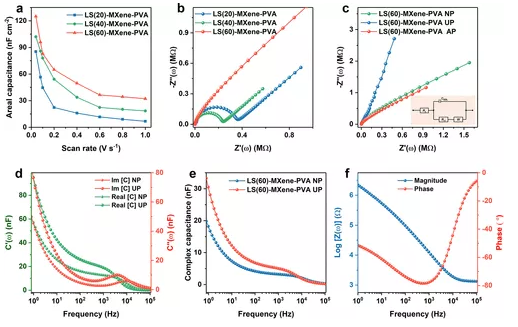
Figure 4. Electrochemical characterization of INM. The thickness of the electromechanical nanofiber membrane plays a key role in adjusting the sensitivity, linearity and working range. The author optimizes the thickness by controlling the electrospinning time. When the rotation time is 1 hour, the thickness is moderate, the porosity is high, and the sensitivity is high in a wide pressure range (5.5 kPa –1). Figure 5a shows the initial (NP) and final (UP) capacitance values measured at various LS concentrations. Due to the perfect limitation of the [Li]+[TFSI]-ion pair on the MXene surface under NP conditions, C0 is 20±2.7 pF, and under UP conditions (200 kPa), due to the deformation of the entire sensor structure caused by the applied pressure, Çp is 8761.6 ±178.7 pF. Under the influence of an external electric field, the electrostatic force applied to the particles increases. This process triggers the breaking of the H bond between the ion and the MXene functional group, and finally enhances the EDL at the electrode/electrolyte interface. The LS-MXene-PVA sensor LS(60)-MXene-PVA device with an LS concentration of 60% has the highest capacitance output (Figure 5b). In the pressure range of 0–30 kPa, the pressure sensitivity is 5.5 kPa–1; in the pressure range of 30–250 kPa, S is 1.5 kPa–1 (Figure 5 c). The dynamic loading-unloading cycle under different pressure conditions (Figure 5d) shows that the sensor can measure various pressures. In addition, the sensor can also detect small pressure changes in different low pressure cycle ranges (Figure 5e). Under the high pressure of 45 kPa, the average mechanical hysteresis value before and after 20000 loading and unloading cycles is not much different, indicating its durability. Even with an applied pressure of 2 Pa, the capacitor can produce a uniform capacitance response, and the sensor is highly sensitive to subtle pressure changes (Figure 5h).
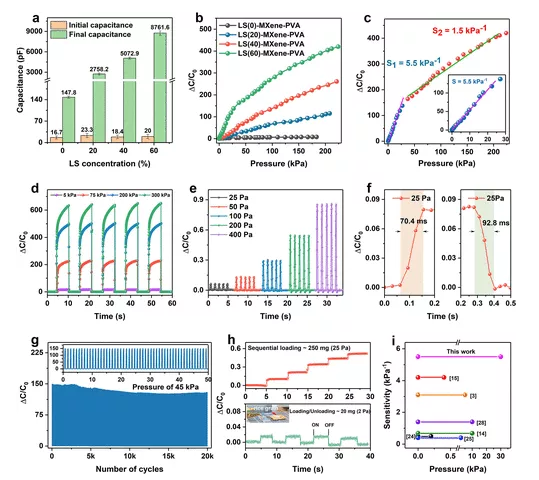
Figure 5. Electromechanical characteristics of INM-based pressure sensors. Bioelectronics application Next, connect the sensor to the wrist skin area (Figure 6a), and record the blood pressure waveform of the radial artery (Figure 6a). By measuring the waveform parameters between the contraction peaks, diseases related to irregular heart rhythm and arterial stiffness can be identified (Figure 6b). The sensor can monitor the capacitive response signals of fast breathing and normal breathing, muscle movement of ventral arm muscles, treatment progress of leukoplakia, and initial symptoms of Parkinsons disease (Figure 6 c-g). In addition, the sensor provides an ideal platform for communicating with paralyzed people using Morse code. The sensor can decode the Morse code sequence into an equivalent capacitive response (Figure 6 i). It can also be used for high-voltage (10-50 kPa) applications (such as artificial electronic skin) to detect various tactile signals. Sandwich the INM and the pattern electrode to make a pressure sensor array (Figure 7a). When different loads are placed on the sensor array, the pressure changes on the array can be read by acquiring color images (Figure 7b, c), and the pressure distribution on the corner and central part of the object can be estimated (Figure 7d) ).
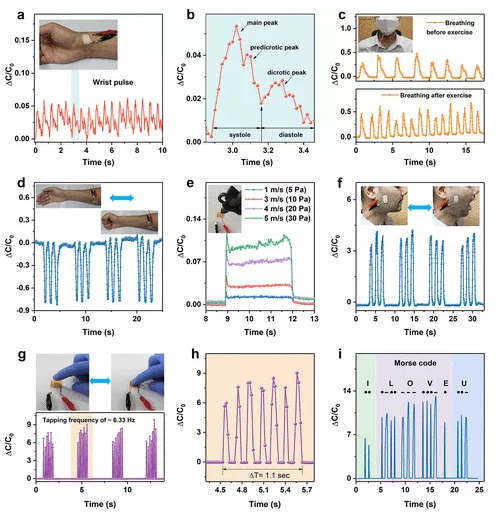
Figure 6. The practical application of pressure sensors based on INM in the low to medium pressure range.
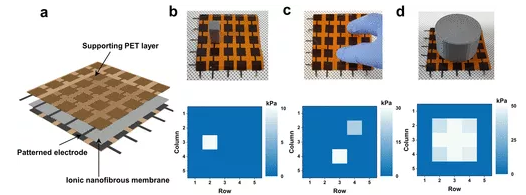
Figure 7. Application of prefabricated pressure sensor in high pressure range. Conclusion The author uses the EDL sensing mechanism to design and manufacture a high-sensitivity capacitive pressure sensor that works in a wide pressure range. It has potential usability in wide pressure range monitoring (such as real-time clinical wearable devices, artificial skin). The author believes that the results will have a significant impact on different fields of science and technology, including health informatics, artificial electronic skin and next-generation prosthetics.
Source of information: Frontiers of Polymer Science
This information is from the Internet for academic exchanges. If there is any infringement, please contact us and delete it immediately

| Reminder: Beijing Beike New Material Technology Co., Ltd. supplies products only for scientific research, not for humans |
| All rights reserved © 2019 beijing beike new material Technology Co., Ltd 京ICP备16054715-2号 |